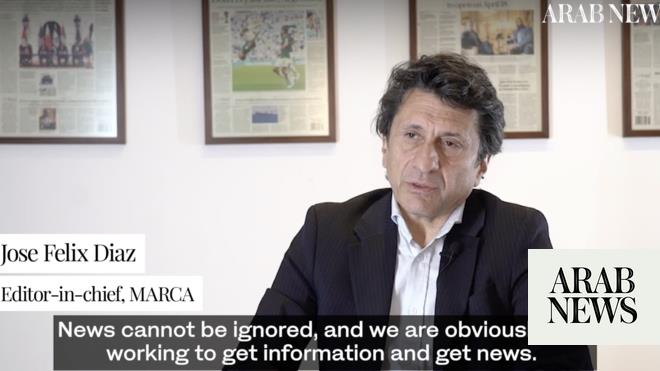
When the first Edinburgh derby was played between Heart of Midlothian and Hibernian – a 1-0 win for Hearts on Christmas Day 1875 – Australia wouldn’t exist as a nation for 25 years. It was only months prior that one of the first confirmed games of association football took place down under when the Brisbane Football Club clashed with a combined squad of inmates and staff of the Woogaroo Lunatic Asylum under rules which stated the ball “should not be handled nor carried”.
Nearly 150 years on from those divergent origins, it could be said the ties that bind Edinburgh and Australian football have never been stronger. Eight Australians call Scotland’s capital home this season, after the Central Coast Mariners’ championship-winning coach Nick Montgomery became the latest to arrive in the city as Hibs’ new permanent boss last week.
Sydney-born Lewis Miller, who also played under Montgomery at the Mariners, proved pivotal in forcing the first goal of Hibs’ new era in a 2-2 draw. He did this as part of a starting XI that included Melbourne-raised James Jeggo and Scotland-born Socceroo Martin Boyle.
Across town, Kiama-born Kye Rowles, Sydney-born Cameron Devlin and Launceston product Nathaniel Atkinson were all in the starting lineup as the Jambos snapped a four-game losing run through a 2-0 win over Aberdeen, with former Manly United junior Calem Nieuwenhof adding to the Australian flavour off the bench in the 50th minute.
If it sounds like a lot, that’s because it is. Scan a current list of Australians plying their trade professionally overseas and you’ll see that Edinburgh possesses the highest concentration of top-flight Australian talent of any city – more than London, Glasgow or any other traditional hotbeds of green and gold representatives.
Historically there has been plenty of connection as well. Jack Reilly, who kept goal for Australia at their first World Cup in 1974, spent a number of years with Hibs’ reserve team before emigrating to Australia by way of the US. Patrick Kisnorbo, Mark Milligan, Jamie Maclaren, Ryan and Dylan McGowan, Jason Cummings, Oliver Bozanic and Jackson Irvine are former or current Socceroos that have played in the city.
And though England remains the most popular destination – Sam Silvera and Tom Glover’s moves to Middlesbrough are among the most notable this off-season – Scotland continues to provide a reliable home for Australian players looking to strike out abroad. Marco Tilio (Celtic) and Keanu Baccus (St Mirren) are other examples of a cohort for which Scotland has been their first destination after leaving the A-League Men.
The Scottish Premiership is increasingly perceived in Australia as both a reliable platform to establish or maintain a Socceroos career and as a potential springboard into bigger leagues – Mark Viduka at Celtic was the most celebrated example. Competing in a country where football is embedded in communities, in a league with promotion and relegation, and in which clubs regularly feature in some form of continental football also provides an important developmental opportunity.
As two English-speaking nations with significant crossover in emigration, tourism and cultural exchange, there isn’t a language barrier (accents aside) or risk of much culture shock associated with signing a player from Australia. And inevitably, once you get one player in, the adjustment becomes easier for those that follow: Devlin, Atkinson and Rowles are all teammates at a junior international level and knew each other before arriving at Hearts. Ange Postecoglou’s glittering two-year spell at Celtic bolsters the legacy of figures such as Craig Moore at Rangers, Tom Rogic at the Hoops and Ryan McGowan’s Scottish Cup win with hearts – success that helps open doors for other Australians.
Scotland’s approach to signing non-British talent in a post-Brexit world also helps. When freedom of movement between the UK and Europe ended, clubs had to put all their non-UK signings through their home nation’s governing body endorsement system – not just those from outside the continent. All of a sudden, a barrier for non-European talent fell.
Contrasting with a harsher standard in England, the Scottish federation adopted requirements that made it easier for an exceptions panel to be convened for players who didn’t meet a points requirement. Clubs still have to show that a player is of a requisite calibre, but given the increasing evidence of their worth, that hasn’t stopped the Australian flow.
On 7 October, the next Edinburgh derby will take place. Three miles separating two tribes with over a century of animosity – and Australians will be right in the thick of it.












